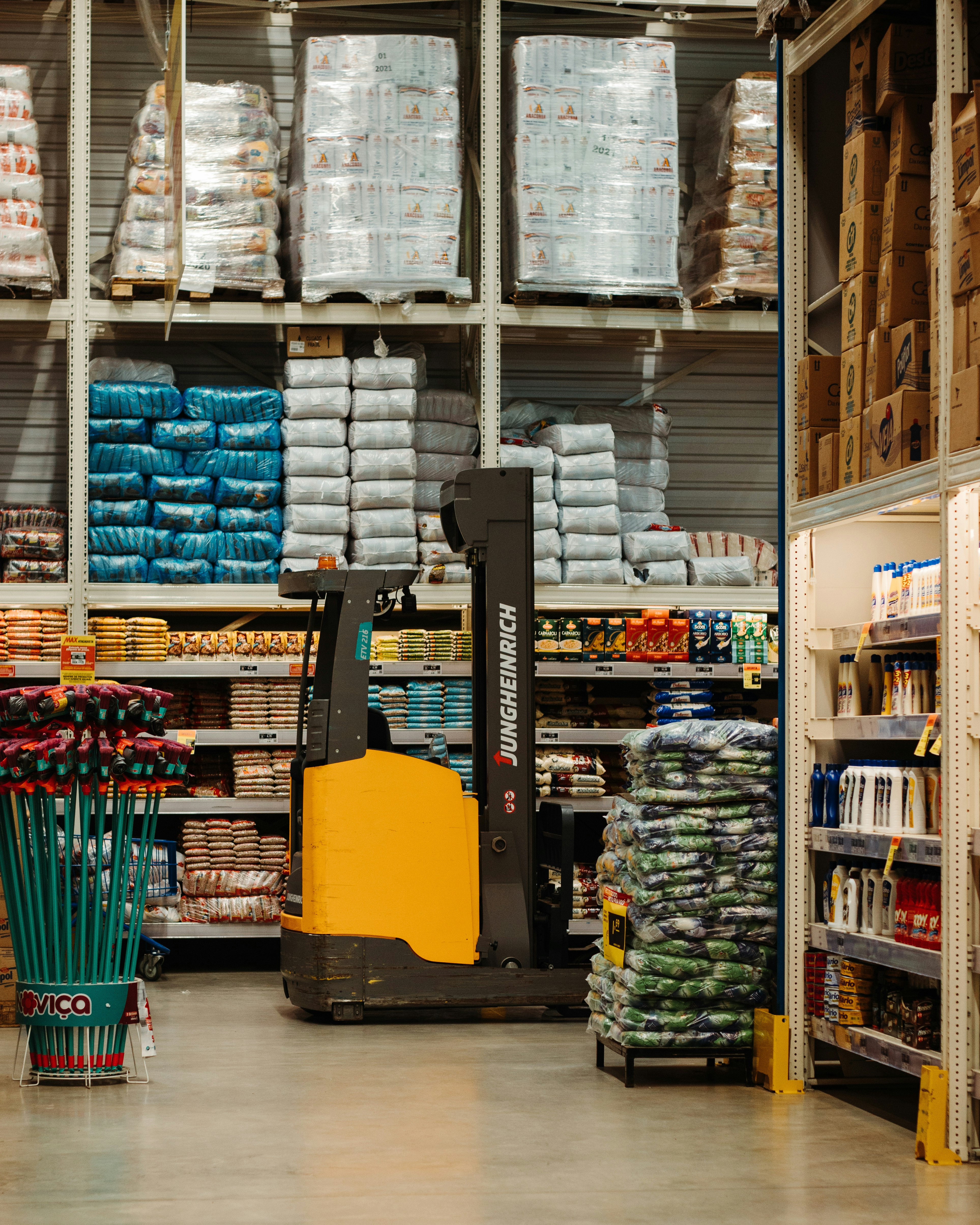- Optimized Pick Rates: The leading benefit of implementing automation technologies in warehouse operations is that it improves pick rates. Automated systems like Automated Storage and Retrieval Systems (AS/RS), Autonomous Mobile Robots (AMRs), and Automated Guided Vehicles (AGVs) can efficiently navigate the warehouse space, retrieve products, and transport them to the designated areas. Therefore, automating these tasks helps businesses significantly enhance their pick rates and minimize human error.
- Reduced Travel Time: Travel time is a critical factor in warehouse operations. Sadly, this has always been a challenge in warehouse operations. Unlike manual labor, which often requires workers to cover long distances within the warehouse to locate and retrieve items, automation technologies, such as AS/RS and Goods-to-Person systems, eliminate the need for workers to travel extensively. Automation brings the items directly to the workstation, thereby reducing travel time and increasing overall efficiency.
- Scalability: One of the key drivers of efficiency in warehouse operations is scalability to allow accommodation of fluctuating demand. With the help of automation technologies, warehousing companies can ensure flexibility. This allows businesses to easily adapt to changing needs. The modification of automated workflow processes enables businesses to adjust their operations according to short-term goals while ensuring they meet long-term requirements. Through this flexibility, both warehouse labor and financial flexibility are provided.
- Improved Inventory Accuracy: Accurate inventory management is important for efficient warehouse operations. Unlike manual processes that are prone to errors, leading to inaccurate inventory counts and misplaced items, automation technologies like Pick-to-Light systems, RF barcode scanning, and RFID technology improve inventory accuracy levels These systems ensure that the right items are picked and that inventory management is precise, reducing errors and improving overall efficiency.
- Workplace Safety: Warehouse automation technologies improve both efficiency and workplace safety. Automation systems, such as AMRs and AGVs, can handle high-risk activities, reducing the risk of accidents and injuries for human workers. Furthermore, with the help of automation, we can minimize manual handling of heavy loads and reduce human movement within the warehouse. This further improves safety standards.
As seen from the above analysis, automation technologies can help streamline processes, minimize human error, and maximize efficiency, leading to increased customer satisfaction, reduced operational costs, and higher productivity levels. With the right automation strategies in place, businesses can stay ahead of the competition in a business environment that is becoming highly competitive and will be able to address the ever-evolving customer demands. Therefore, businesses regardless of their size should rethink their automation strategies and adopt technologies that will help them meet new demands by the customer.
In conclusion, automation is a welcome technology in the age of the competitive business landscape. Through this new paradigm, businesses, particularly those in the warehousing sector can reap the benefits such as of optimization of pick rates, reduction of travel time, scalability, improvement of inventory accuracy, and enhanced workplace safety. With automation, businesses can achieve higher productivity, faster order processing, better customer satisfaction, and increased efficiency by implementing these strategies and technologies.





